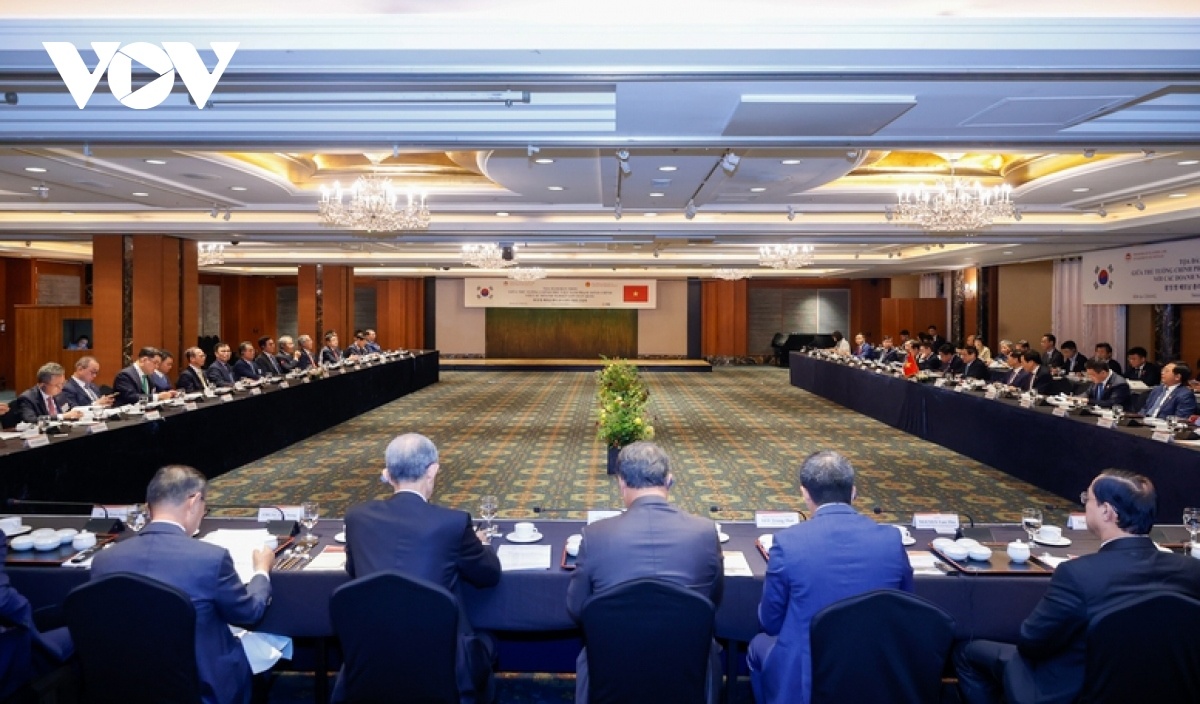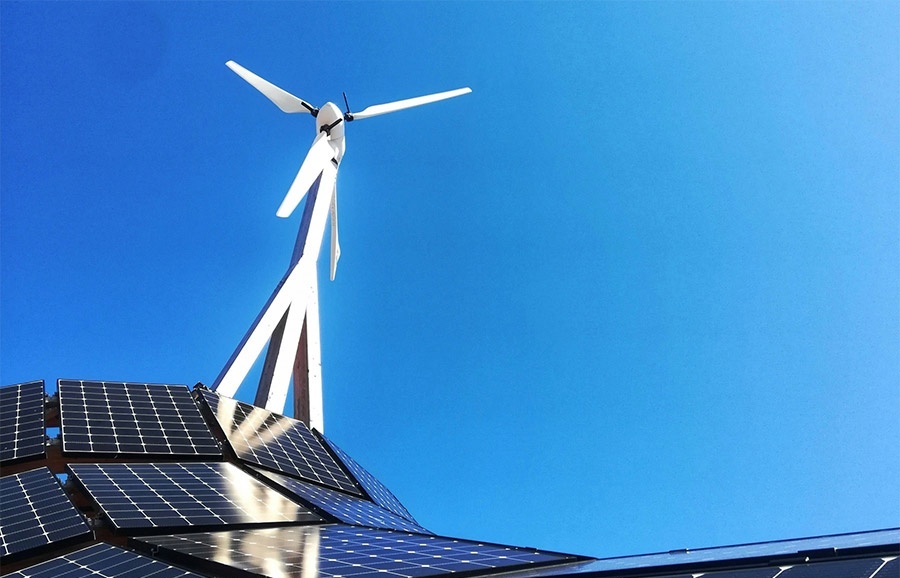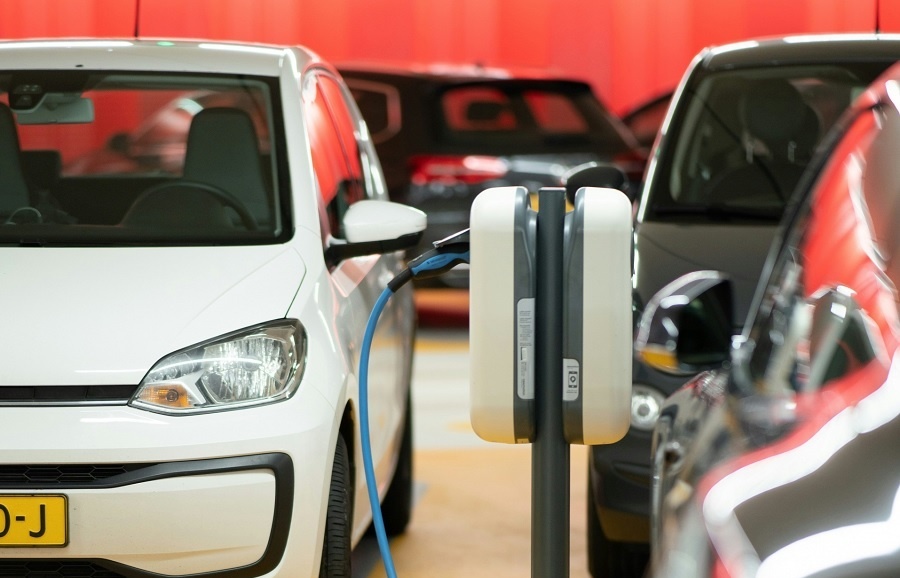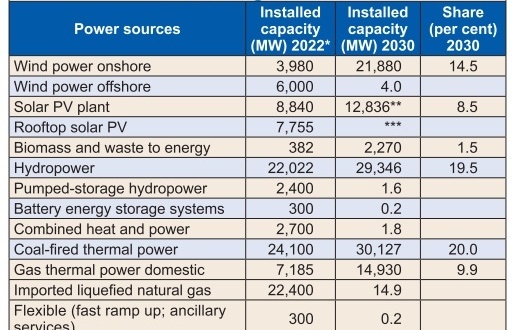Ensuring the new PDP meets power source criteria
This time around, solar power has been the primary factor in postponing the approval of the Power Development Plan VIII (PDP8), which was due to cover this decade. Why has this occurred?
 |
| Dr. Ngo Duc Lam, former deputy director of the Institute of Energy |
I believe Deputy Prime Minister Tran Hong Ha wants to re-examine this procedure, considering it to be the origin of the PDP8. The solar and wind statistics in PDP7 and PDP8 are vastly different.
The MoIT constructed up to 53 per cent of capacity and 58 per cent of total production from coal-fired electricity in the PDP7. At that time, solar energy remained insignificant. Nevertheless, in 2017, the PDP7 was on the verge of becoming obsolete due to its inability to fulfil the coal-fired power objective, resulting in a shortage of power supply.
The government is compelled to emphasise the development of solar and wind power sources by raising the purchase price of energy. According to a 2017 ruling, solar power is priced at 9.35 cents per kWh. This legislation has contributed to a surge in solar energy in Vietnam.
The fast rise of solar and wind power wreaked havoc on the state of the PDP7, which grew dependent on these renewable energy sources. According to statistics from Electricity of Vietnam, as of January 2021, the total capacity of grid-connected and rooftop solar power was 16,500MW. In which almost 9,000MW of solar electricity from the ground and nearly 8,000MW of solar power from rooftops had been operationalised.
In 2018, just 105MW of solar power capacity was built in Vietnam. These figures significantly surpass the government’s original aim of 850MW in 2016 and are even nearing the draft PDP8’s estimated target of 18,600MW of installed solar power by 2030.
According to what you have said, the present mismatch between the power source and the grid is not just the result of the rapid expansion of solar and wind energy?
That is fair. According to government directives, the planning should have continued, meaning the transmission infrastructure must be in place before building the source. However, the amended PDP7 did not fulfil the criteria of the power grid and did not ensure the growth of the power sources’ infrastructure.
In 2020, the National Assembly authorised commercial solar power projects to construct high-voltage transmission lines. Nevertheless, to date, only a few solar power plants have contributed to the growth of the power grid, while the majority of the other projects have fallen victim to a transmission grid shortfall.
Can the upcoming PDP8 meet the criteria for creating power sources?
Not only is it late, but previous plans have failed to anticipate vulnerabilities in the energy security of Vietnam.
Energy security comprises several components but must meet two requirements. First is to diversify electricity sources proportionately, in which by 2030, renewable energy capacity will contribute 27-28 per cent, and by 2045-50, it will reach 45-50 per cent. Current plans and the PDP8 draft have uncovered inappropriate growth rates among sources.
Limiting the import of foreign power and fuel has received little consideration in previous master plans. Planners continue to think that executing a contract guarantees the availability of coal for generating electricity. They were unable to forecast the hazards that would arise; hence, the price of coal surged. Due to conflicts and the pandemic, coal prices quadrupled between 2021 and 2022, causing Vietnam to run out of coal for energy generation.
Several conferences have discussed the need to ensure energy security, but it is not sufficient to see energy security as just delivering enough power for the economy; it must also fulfil the standards of consistency and failure. Thus, national energy security can only be guaranteed if plans anticipate such crises and go one step beyond.
Has there ever been a period in the history of the electrical sector when it was sufficient to explain the power source data in this manner?
In accordance with the Law on Electricity, the planning horizon for PDP7 has been increased from five years to a decade to accommodate long-term development. Vietnam’s electrical planning data is mainly reliant on information from other nations. The difficulty that develops throughout the process of planning development is partially attributable to the change in definition. Hence, the PDP8 must satisfy the economy’s investment and development needs.
 | Newest draft of Power Development Plan VIII comes with several highlights Stakeholders expect the latest draft of the Power Development Plan VIII (PDP 8) to be soon approved, paving the way to kick-start fresh investment projects in the power sector. |
 | Assessing the dual features of nation’s energy plan and PDP8 Vietnam’s immediate prime concern is to conclude its energy plans and establish a blueprint for sustainable growth. The Vietnam Academy of Science and Technology’s Dr. Bui Huy Phung, a former member of the Power Development Plan VII (PDP7) Appraisal Council, responded to VIR’s Hai Van on this topic. |
 | Solar data scrutiny the latest pain point for PDP progress The country’s Power Development Plan VIII is now roughly three years behind schedule and way off the prime minister’s demand that “preparation must be one step ahead” because of disparities in solar power statistics. |
What the stars mean:
★ Poor ★ ★ Promising ★★★ Good ★★★★ Very good ★★★★★ Exceptional
Related Contents
Latest News
More News
- Growth beckons for GenAI startups in Vietnam (November 21, 2024 | 17:47)
- Credit sees steady growth towards year-end (November 21, 2024 | 17:46)
- Vingroup announces the launch of VinRobotics (November 21, 2024 | 17:44)
- Hanoi strengthens measures to prevent mismanagement and wastage of public assets (November 21, 2024 | 17:42)
- TECHFEST 2024 to focus on Vietnam's startup ecosystem (November 21, 2024 | 17:38)
- SABECO to elevate Vietnam's beverage industry to global standards (November 21, 2024 | 17:36)
- Vietnamese tech enterprises gateway to Japanese market (November 21, 2024 | 17:35)
- Foreign investors flocking to southern region (November 21, 2024 | 17:33)
- ABeam Consulting Vietnam introduces BSQCD Purchasing Strategy Framework (November 21, 2024 | 16:40)
- Ninh Thuan charms industrial development investors (November 21, 2024 | 12:21)


 Tag:
Tag:

















 Mobile Version
Mobile Version